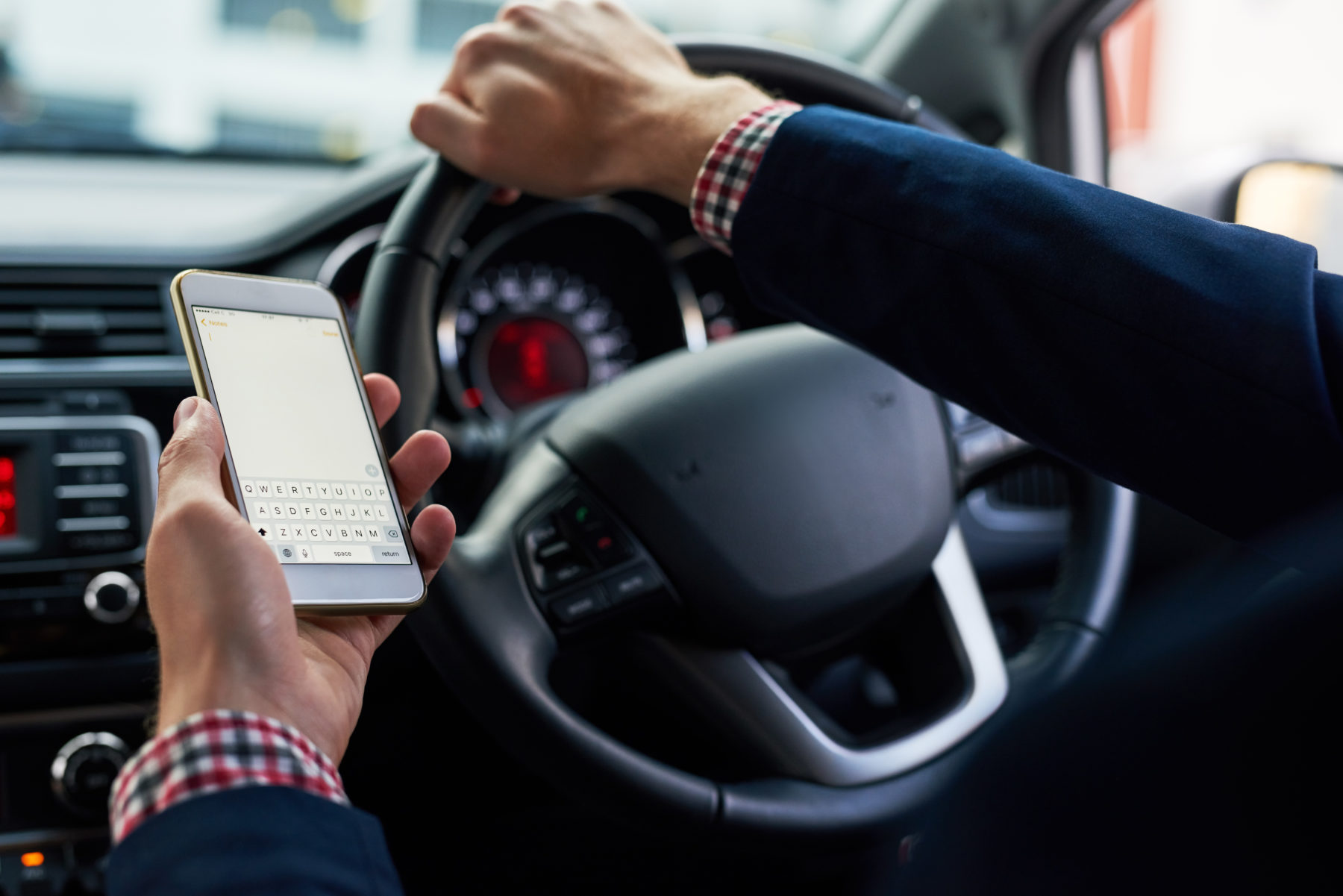Distracted driving and phones – An addiction problem?
Data suggests that crashes caused by distracted driving are increasing, and that younger people are over-represented in these statistics.

Motorists in Australia are extremely concerned about smart phone use in cars. Surveys tell us that our members believe this is one of the greatest risks to road safety today. Data suggests that crashes caused by distracted driving are increasing, and that younger people are over-represented in these statistics.
A new approach
For years, awareness campaigns have highlighted the impact of distracted driving and how it dramatically increases our chances of being in a crash. However, despite understanding the risks and being aware of the penalties, people are still picking up their phones while driving.
We believe that engaging in this high-risk behaviour, with knowledge of its potential to be self-destructive or to harm others suggests that some degree of addiction may be at play. We want to undertake research to understand more about the nature of smart phone addiction, and to identify how this addiction might be impacting road safety.The outcomes of this research will inform the development of educational and awareness materials (the tool kit), targeted at young drivers, their peers, and their parents. We also see an opportunity to reach those younger people who are not yet licensed, with coping and management strategies before they start to form bad driving habits. It will also help to produce more effective communication on the issue, which can lead to changes in attitudes and behaviour.
Looking forward
This research and initial toolkit roll out form phase 1 of a multi-phase approach to addressing distracted driving caused by using a smart phone. It is planned that the learnings and deliverables of this program will form the basis for a larger strategy with aims to:
- link smart phone use to other dangerous driving behaviours, so it becomes as socially unacceptable as drink/drug driving
- target a wider audience of road users, not just younger drivers
- provide resources to other drivers to identify and cope with addictive smart phone behaviour
- provide further information to policy and enforcement bodies
- provide further information to stakeholders currently working on technology solutions.
Addictive behaviour is challenging to address and this AAA strategy goes beyond just raising awareness, and does not rely strictly on education. This new approach proposes to help young drivers identify addiction, and to delay or break the addiction of smart phone use while driving. It will do so with resources that are underpinned by research and based on scientific foundations.
Reaching mentors and peers
Teenage driving behaviour is strongly influenced by the attitudes, behaviours and examples provided by parents. Most teenagers have been exposed to their parents’ driving behaviours for a long time, prior to driving themselves. Parents act as role models for their children; and therefore, should be aware that their distracted driving behaviours will shape their children’s future driving behaviours. In a study commissioned by the Oregon Department of Transportation, parents were identified as the most influential people in shaping the behaviour of young drivers. Parents were ranked 1st more often, with 38% of respondents in agreement, with friends ranked second at 26%. This same study recommended implementing a so-called “parent-teen agreement” to reduce teens’ distracted driving behaviours in combination with the parent to enforce a “mutual obligation” between the parent and teen. [1] Materials created for this AAA program will be developed in recognition of the role of mentors and peers.A universal problem
This program has the potential to be effective internationally. Smart phone penetration is high in developed countries and increasing steadily in developing countries. Data in 2015 showed that more than half of the people in developing countries now have access to the internet via a computer or smart phone.[2] All resources developed for this program will be available for mobility clubs to adapt for their members and audiences.
[1] Angela Durant et al. (2016) Distracted Driving: An Epidemic, Oregon Department of Transportation
[2] Pew Research Centre (2015) Global Attitudes Survey